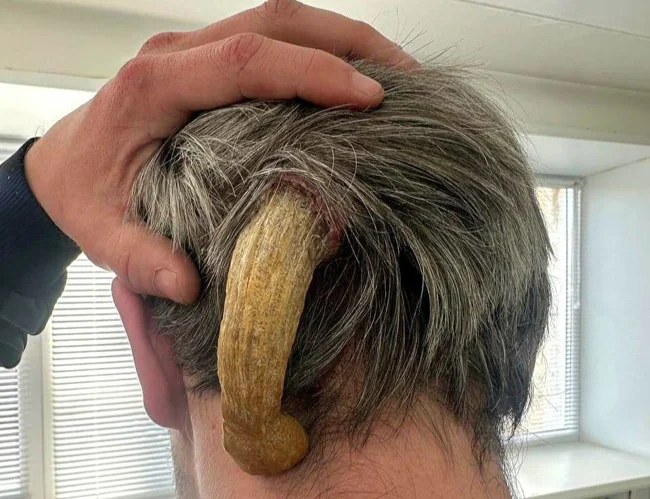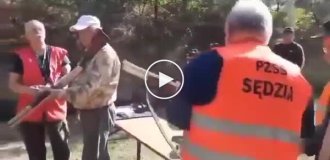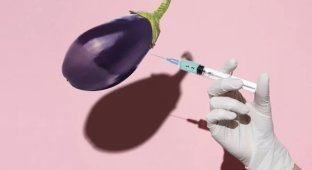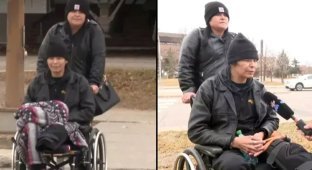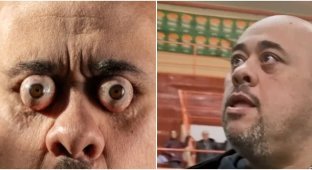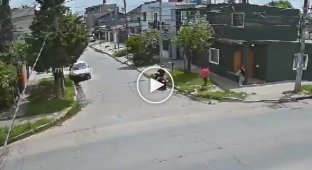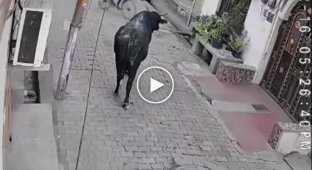Unique Surgery: Man Removes Giant "Devil's Horn" (3 photos)
Such operations were performed only in the 19th and 20th centuries in France, India and China 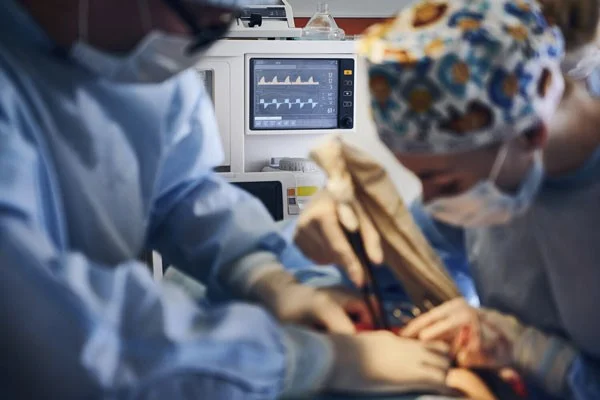
The operation to remove the corneal keratoma was performed by Ruzil Khurmatullin, a vascular surgeon at City Hospital No. 5 in Naberezhnye Chelny. He said that he had seen something like this for the first time, although he has been working for 25 years.
A 30-year-old man came to City Hospital No. 5 with a huge neoplasm on his head - a giant corneal keratoma, which is popularly called the "devil's horn". Vascular surgeon Ruzil Khurmatullin took on this unique case. The experienced doctor admitted that in his 25 years of medical practice, he performed such an operation for the first time.
“During the initial examination, the patient shared that the neoplasm began to grow on his head in 2022. At first, it did not bother him, but as it grew in size, pain began to appear. He experienced severe discomfort when he touched the tumor in his sleep. The Naberezhnye Chelny resident first consulted an oncologist, and then was referred to us for removal of the corneal keratoma,” said Ruzil Rifgatovich.
Usually, such keratomas are small in size and do not pose a danger to human health, they can be considered an aesthetic defect on the skin, but not in this case. The neoplasm reached enormous sizes - 11 centimeters - as a result of the abnormally rapid proliferation of skin cells - keratinocytes, which hardened and formed a characteristic horny structure. The keratoma began to grow from the skin into the vessels, which increased the risks. In addition, due to genetic predisposition, negative impact of external factors, trauma, it could degenerate into a malignant neoplasm. 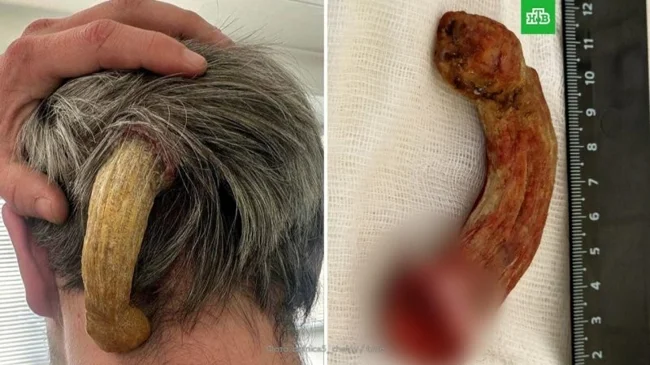
The vascular surgeon explained that the patient underwent complete surgical excision of the corneal keratoma, scraping out its base with subsequent cauterization to prevent re-growth. Then the man received drug treatment in the surgical department to prevent relapses.
"The operation was performed under general anesthesia. The difficulty was to fix the man's head on its side and hold it in this position, monitoring vital signs, until the end of the operation. We successfully completed this task. The patient quickly came to after anesthesia and recovered well. Now he is at home with his family. The tumor was sent for histology,” said Pavel Egorov, head of the anesthesiology and resuscitation department. 